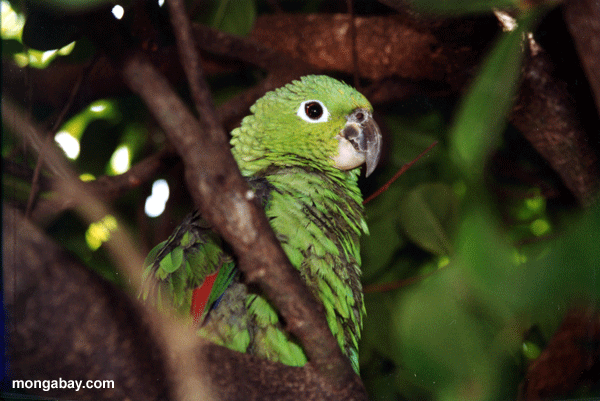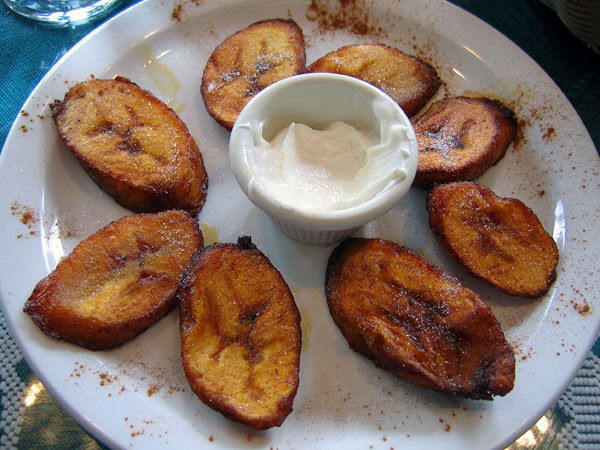Patron Saints and Suyapa

One of the most important celebrations in Honduras is February 3, the feast day of the Virgin of Suyapa, the patron saint of Honduras. The Fair of the Virgin of Suyapa takes place from February 3 to 10 near Tegucigalpa. Most towns and cities in Honduras have patron saints and hold annual celebrations in their honor. One of the largest celebrations is the Carnival at La Ceiba, held during the third week of May. On the Saturday, there are parades, music and merrymaking in the streets. Other popular fairs are held in San Pedro Sula during the last week of June, in Tela on June 13, Trujillo on June 24 and Danlí on the last weekend of August. (Taken from http://www.cp-pc.ca/)

































